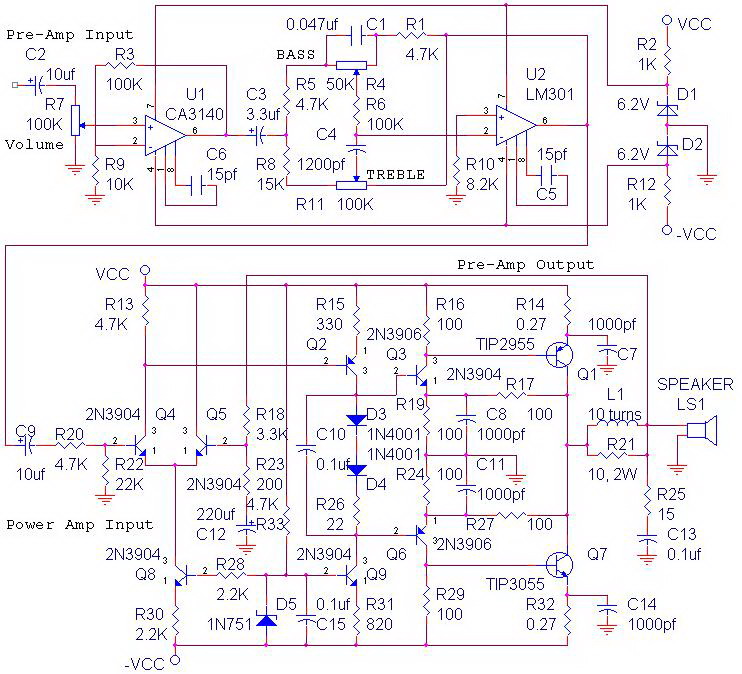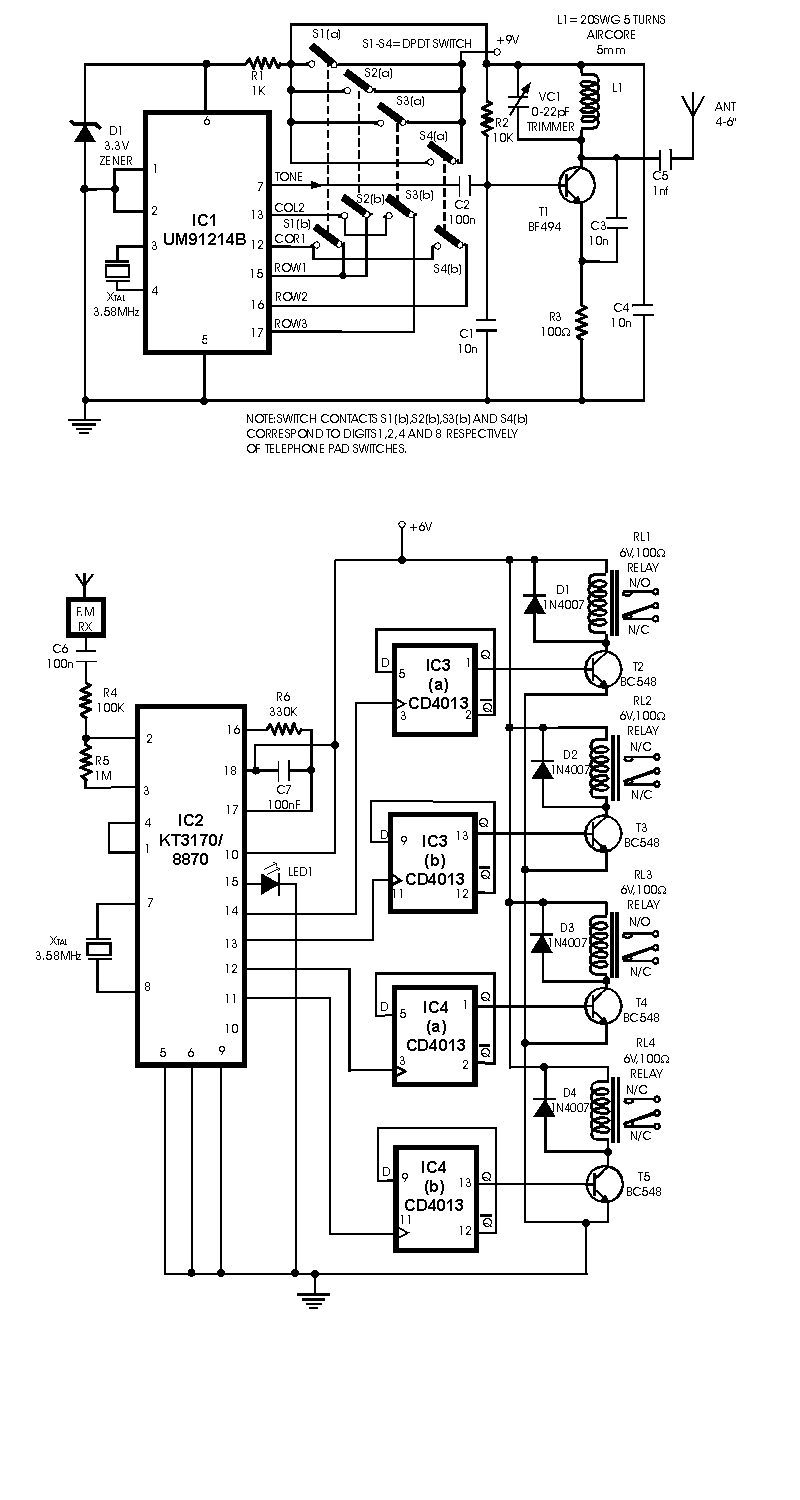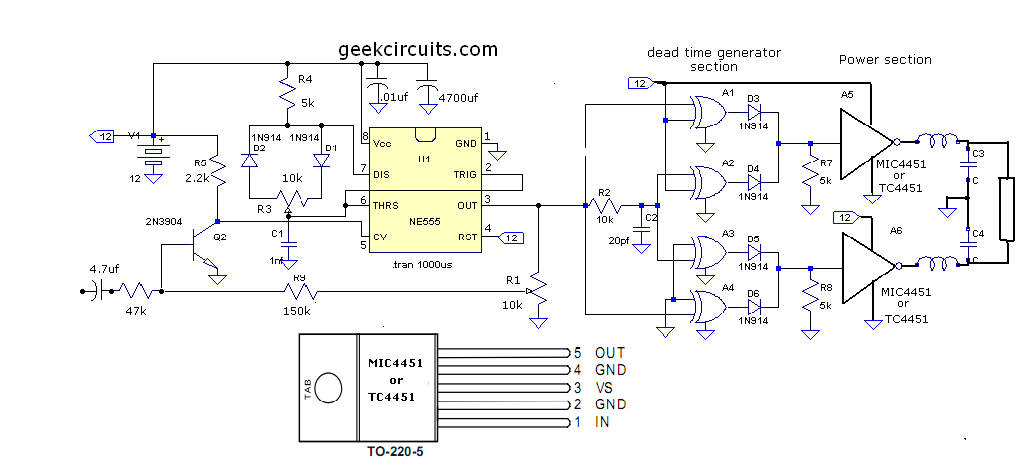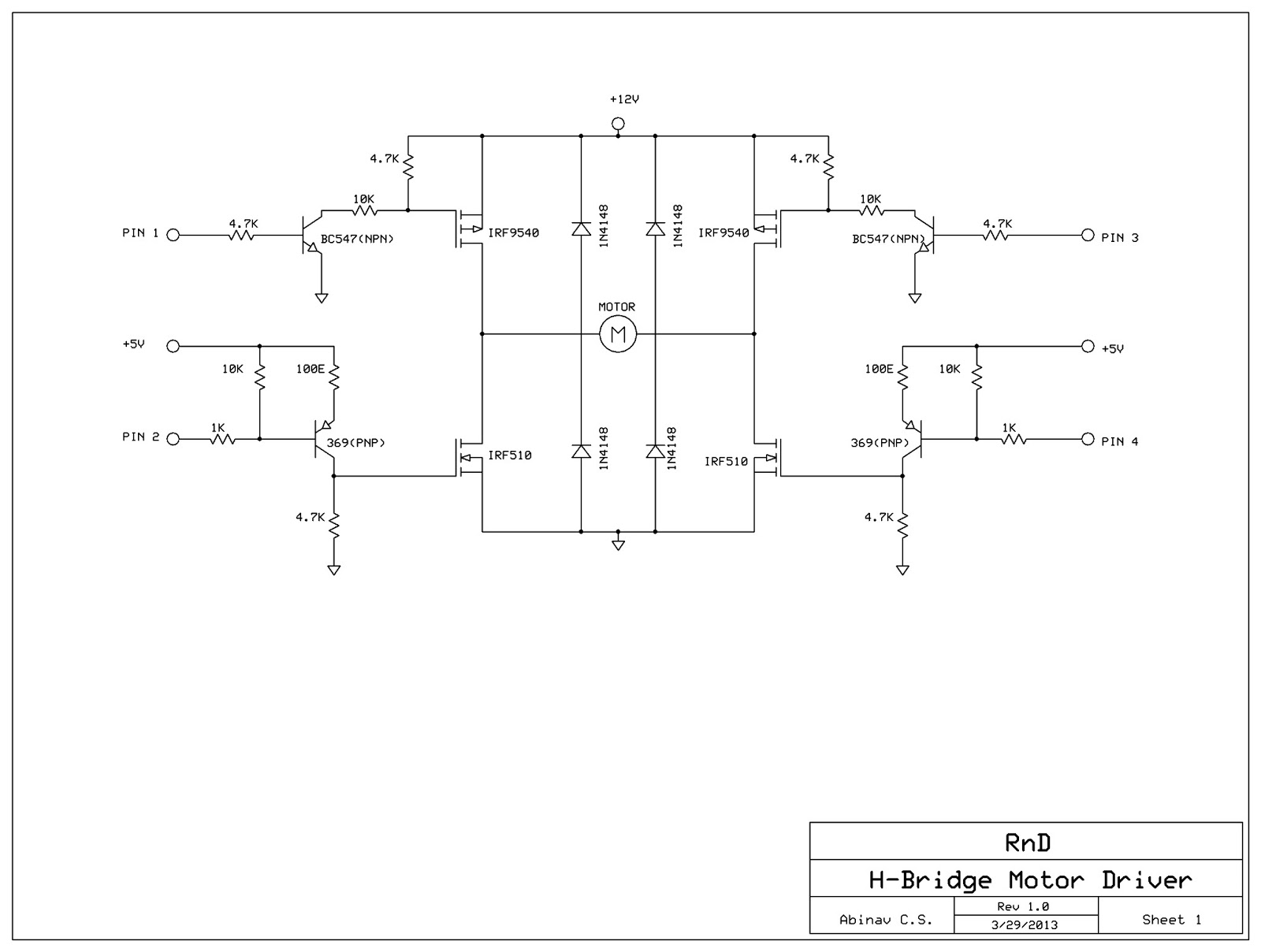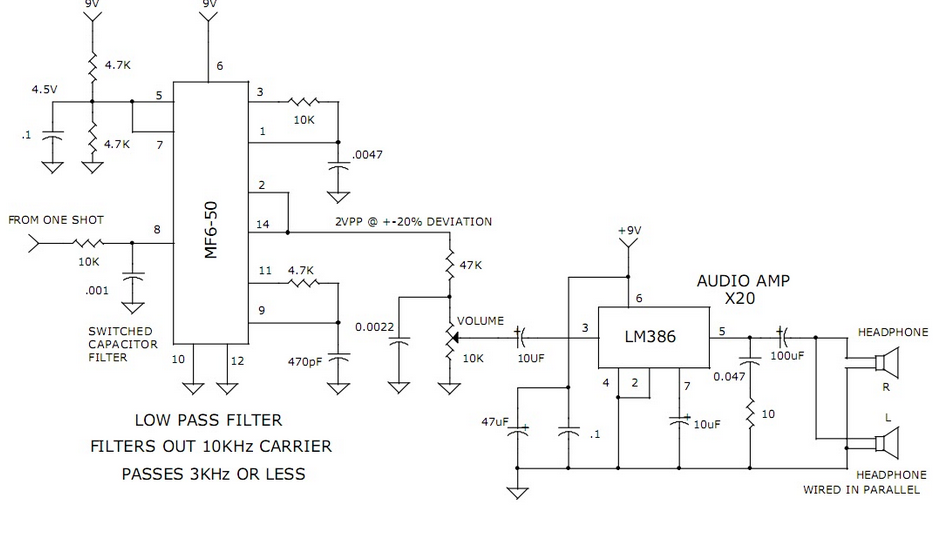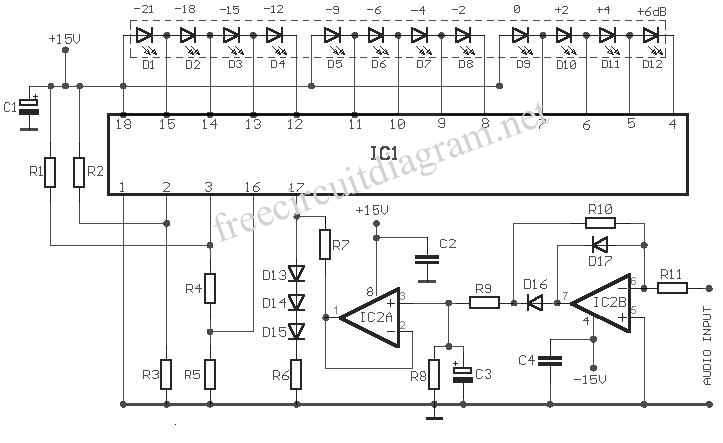
signal tracer using lm386 amplifier chip
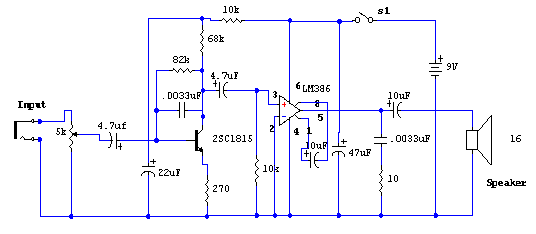
The primary component of this circuit is the LM386 amplifier chip. It also incorporates a transistor input to buffer the input signal and provide additional gain for the LM386. This compact unit has proven useful in various scenarios, particularly when troubleshooting amplifier circuits such as those found in stereo receivers, TV/VCR audio sections, radios, CD players, and car stereos.
The circuit design leverages the LM386, a low-voltage audio power amplifier capable of delivering significant output power while maintaining low distortion. The LM386 operates with a supply voltage ranging from 4 to 12 volts, making it versatile for different applications. Its internal gain is set at 200, but this can be adjusted by adding external resistors and capacitors.
The inclusion of a transistor at the input stage serves multiple purposes. It acts as a buffer, isolating the input signal source from the LM386, which can enhance the overall performance by preventing loading effects that might distort the signal. Additionally, the transistor can provide extra gain, improving the circuit's sensitivity and allowing it to amplify weaker signals effectively.
The circuit typically consists of a few additional passive components, such as resistors and capacitors, which stabilize the amplifier and filter unwanted noise. A bypass capacitor may be included to smooth out power supply fluctuations, ensuring clean operation. The output stage of the LM386 can be connected directly to speakers or other audio outputs, depending on the application.
Overall, this circuit is an efficient solution for amplifying audio signals in various consumer electronics, providing a reliable method for enhancing sound quality in devices like televisions, radios, and car audio systems. Its simplicity and effectiveness make it a popular choice for audio amplification tasks.The main part of this circuit is the LM386 amplifier chip. It also uses a transistor input to buffer the input signal and provide extra gain for the LM386. The little unit has helped me out on numerous occasions when trouble shooting any amplifier circuit like a stereo receiver, tv / vcr audio section, radios, cd players and car stereos. 🔗 External reference
The circuit design leverages the LM386, a low-voltage audio power amplifier capable of delivering significant output power while maintaining low distortion. The LM386 operates with a supply voltage ranging from 4 to 12 volts, making it versatile for different applications. Its internal gain is set at 200, but this can be adjusted by adding external resistors and capacitors.
The inclusion of a transistor at the input stage serves multiple purposes. It acts as a buffer, isolating the input signal source from the LM386, which can enhance the overall performance by preventing loading effects that might distort the signal. Additionally, the transistor can provide extra gain, improving the circuit's sensitivity and allowing it to amplify weaker signals effectively.
The circuit typically consists of a few additional passive components, such as resistors and capacitors, which stabilize the amplifier and filter unwanted noise. A bypass capacitor may be included to smooth out power supply fluctuations, ensuring clean operation. The output stage of the LM386 can be connected directly to speakers or other audio outputs, depending on the application.
Overall, this circuit is an efficient solution for amplifying audio signals in various consumer electronics, providing a reliable method for enhancing sound quality in devices like televisions, radios, and car audio systems. Its simplicity and effectiveness make it a popular choice for audio amplification tasks.The main part of this circuit is the LM386 amplifier chip. It also uses a transistor input to buffer the input signal and provide extra gain for the LM386. The little unit has helped me out on numerous occasions when trouble shooting any amplifier circuit like a stereo receiver, tv / vcr audio section, radios, cd players and car stereos. 🔗 External reference
Warning: include(partials/cookie-banner.php): Failed to open stream: Permission denied in /var/www/html/nextgr/view-circuit.php on line 713
Warning: include(): Failed opening 'partials/cookie-banner.php' for inclusion (include_path='.:/usr/share/php') in /var/www/html/nextgr/view-circuit.php on line 713
